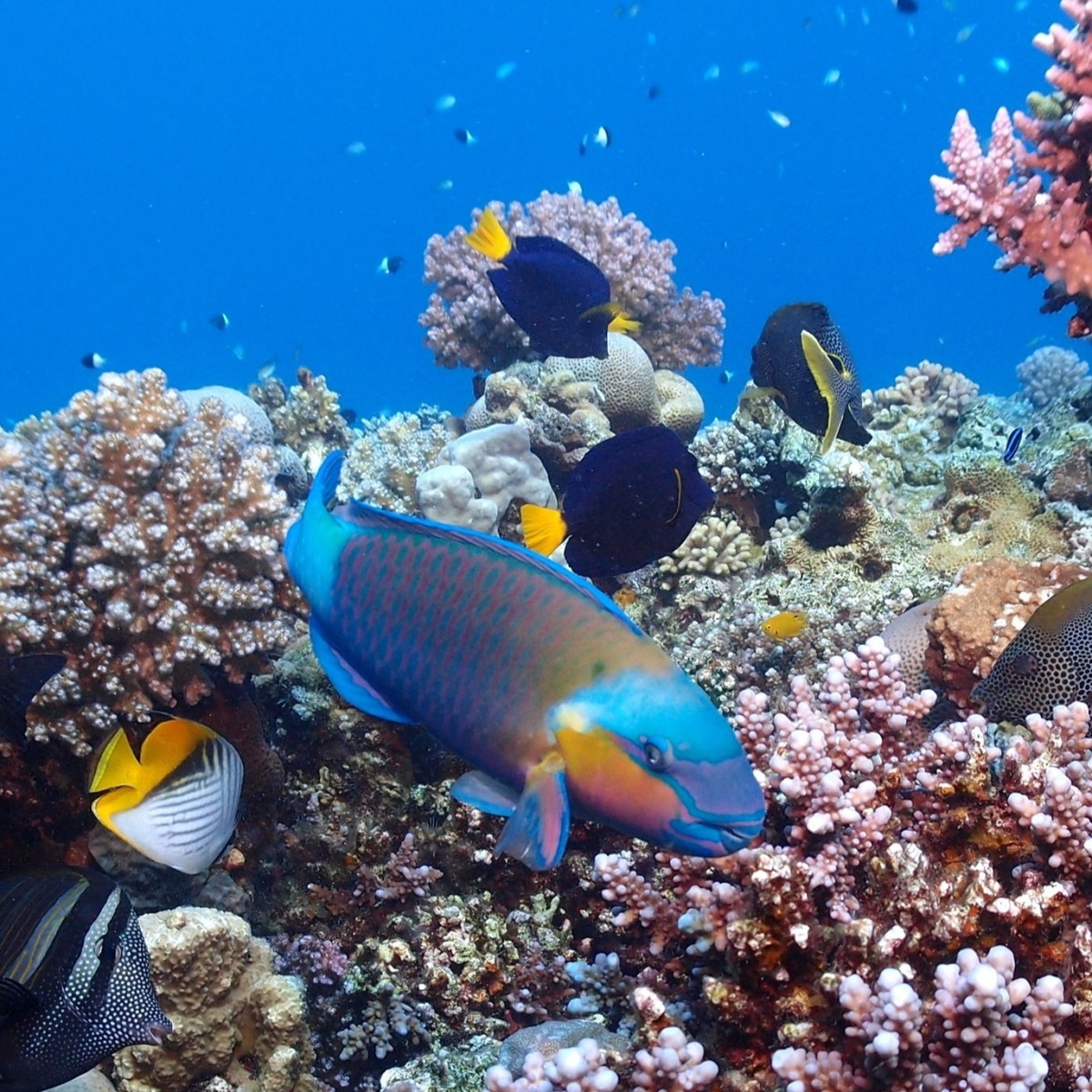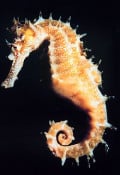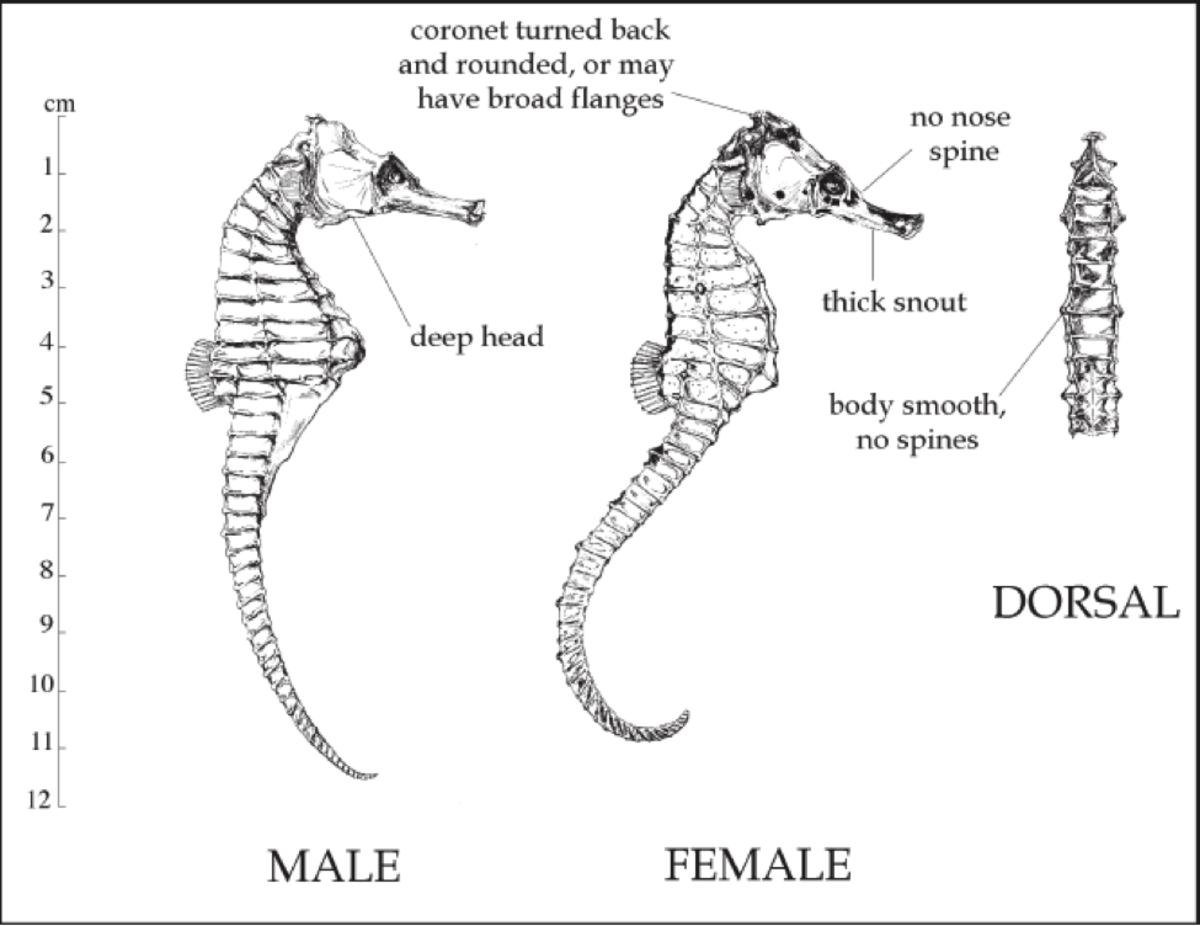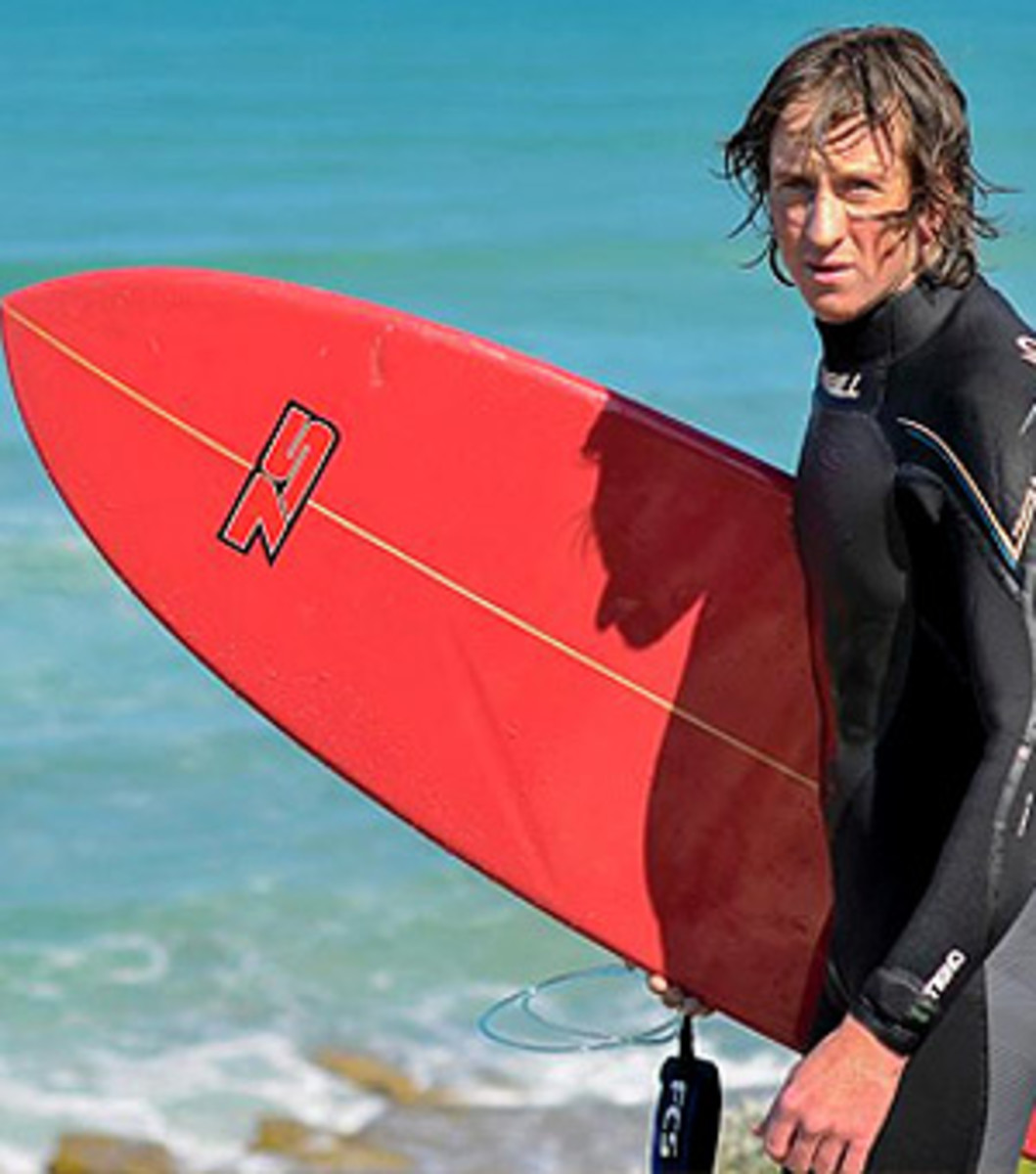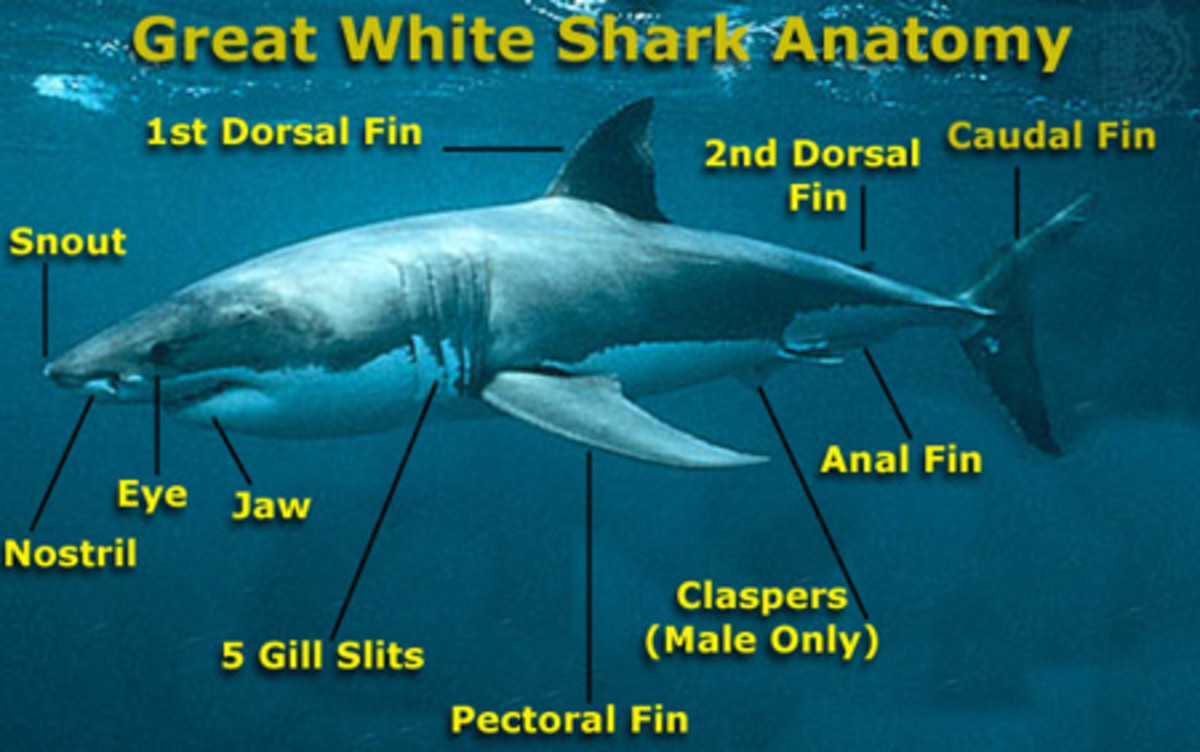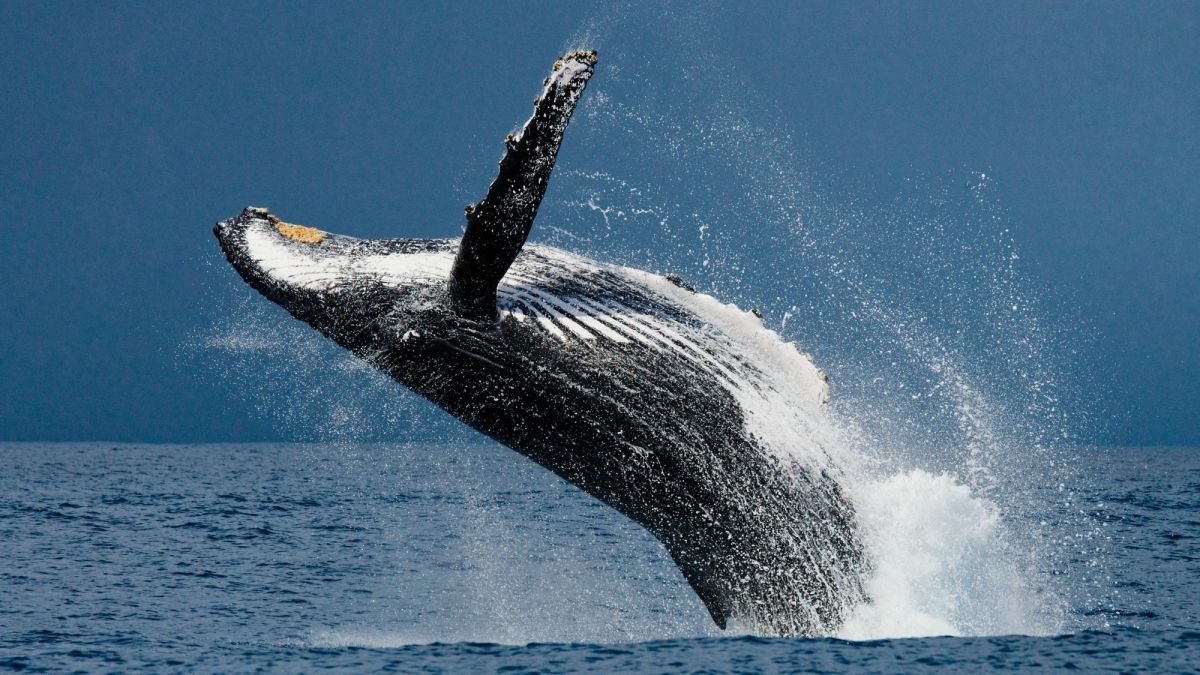- HubPages»
- Education and Science»
- Life Sciences»
- Marine Biology
The Seahorse

Little Sweethearts of the Sea
Sea Horses are peaceful creatures who live in shallow temperate waters of the ocean. They are technically a fish, but have few characteristics in common with them. They are monogomous and mate for life. They swim upright, and the male gets to have the babies! There are several species, and they come in a variety of colors. Many species can camouflage themselves to match their environment. It is sometimes very hard to find seahorses in the wild. The best way to locate them is to know what kind of coral or vegetation they are likely to be camouflaged on and look for that.
These little fishies are in danger. They have been over fished, especially in recent years in Asian waters, due to the cultural beliefs of the area which use them in health products. The explosion of population and booming Chinese economy have contributed to an increased demand for dried seahorses. This is resulting in a vastly diminished seahorse population. While it is illegal to harvest seahorses, it does not seem that the law is being enforced.
Other dangers to the little darlings include claims that a Florida species was negatively affected by the BP Oil Spill and climate change resulting in diminishing sea grass, which is a primary habitat for Seahorses.
Photo: doug.deep
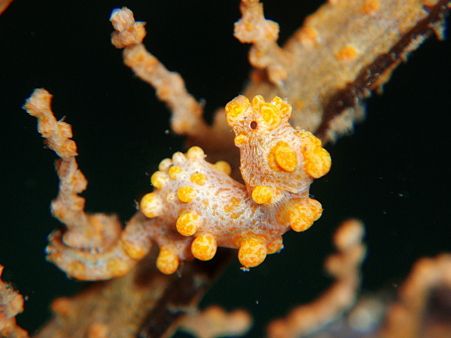
The Pygmy Seahorse
No Bigger than Your Thumbnail
These little angels live their entire lives on a single branch of Gorgonian Coral. You may have heard of the Gorgonian by another name: "Sea Fan". The Pygmy's camoflauge matches the color of the coral and the tiny polyps which form on the branches. The Pygmy have a really sweet morning greeting dance which they perform with their mate every day at dawn.
Delicate Creatures
Seahorses are not very strong swimmers. They can easily get caught up in a current during stormy seas and die of exhaustion trying to swim out.
Seahorse News
- Good News for Seahorses! Atlantis releases herd of seahorses into Gulf
Rare newborns released in protected waters - Seaweed Moves South As Ocean Warms : Discovery News
Swathes of Australia's seaweed are shifting south to beat the heat and many risk going extinct. - Farming aquarium species to save them - The Washington Post
Concerned that wild populations of marine species are becoming depleted, researchers are trying to crack the code of how to raise them in captivity. - Weedy seadragons make a delicate splash
- Noah Greenwald: 5 Big Lessons From the Nation's Smallest Seahorse
The dwarf seahorse -- the smallest in the U.S. -- is no mythical creature but is exceedingly rare. In recent years, they've been driven to the brink of extinction by pollution, collection and, most recently, the BP oil spill. Here are five lessons to
The SeaHorse's Biggest Predator is Man
Pygmy Seahorse
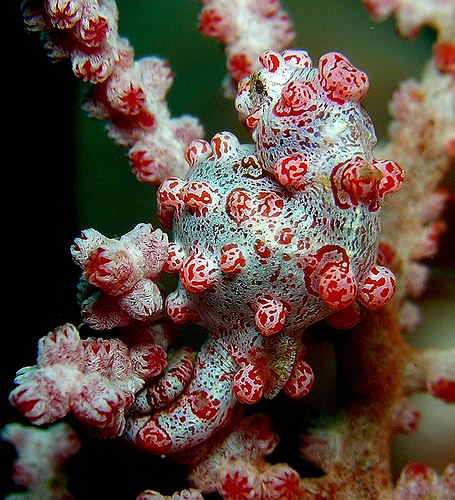
Quick SeaHorse Fact
Twenty-five million seahorses a year are now being traded around the world - 64 percent more than in the mid-1990s
ISeaHorses
Sea Dragons - Reedies and Leafies
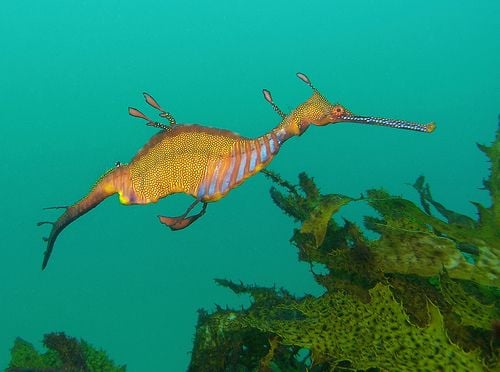
These beautiful creatures are so intriguing and lovely! The Reedy Sea Dragon pictured here and it's cousin the Leafy Sea Dragon are close relatives of the Sea Horse. They move and act in much the same way, but spend more time floating in the water than attached to their favorite coral or sea kelp. These guys' camouflage is that they mimick the behavior of plant life, which includes floating around loosely in the ocean. At first glance, especially with the leafy sea dragons, it is difficult to tell they are not plants!
Leafy Sea Dragon
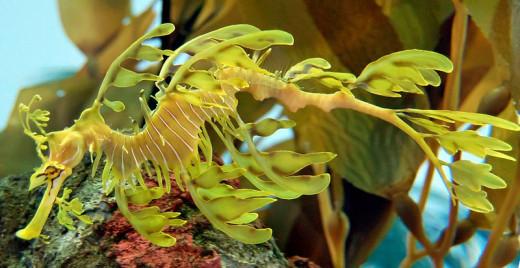
Kids love Sea Horses!
A sea horse is a great way to teach them about the delicate ecosystem they live in, and about the environment in general.
Why should we protect them?
"Seahorses are incredibly cute,
for starters,"
"I think people are just naturally
drawn to them.
They're a symbol of clean oceans
and beaches and vacations
and happy times with family.''
Tierra Curry
conservation biologist
The Center for Biological Diversity
Male Seahorse giving birth - Wild!
Endangered all over the World - What we can do to save them
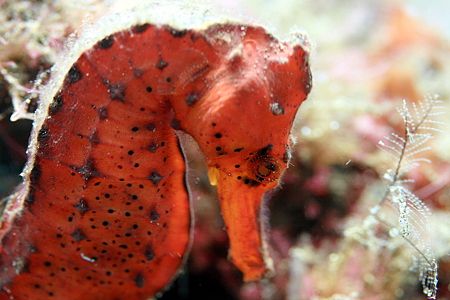
The most common ways seahorses are caught is from fishermen's by catch. This is the sea life not necessarily intended to catch, but that is saved and sold nonetheless. Fishermen who catch seahorses in their nets generally do so via a method called "bottom trawling". This not only brings up our endangered sea horses but other life important to their habitat such as the coral they live on and other vegetation which keeps them safe from predators.
Some breeds of Seahorses are protected through CITES (World Convention on International Trade in Endangered Species of Wild Fauna and Flora).
We can ask our government to stop allowing bottom trawling, especially in coastal areas where there are coral reefs. We can ask our government to enforce the ban on keeping seahorses, and we can encourage people not to buy the health products which have made them popular, especially in China. Additionally, if you or your friends want to purchase a sea horse for your aquarium, do not support pet shops who sell wild caught sea horses. These are cheaper, but they are also more likely to die because of the stress of taking them from their natural marine habitat. It is up to us, the consumer to discourage sellers from catching them in the wild to sell as aquarium pets.
Where to get more information on Sea Horses
- Welcome to CITES
World Convention on International Trade in Endangered Species of Wild Fauna and Flora - Leafy and Weedy Sea Dragons, Leafy and Weedy Sea Dragon Pictures, Leafy and Weedy Sea Dragon Facts -
Learn all you wanted to know leafy and weedy sea dragons with pictures, videos, photos, facts, and news from National Geographic. - I Sea Horses Facts - Facts about Seahorses
Follow Us to the Depths of Imagination... Wild Heart Ranch, Inc. is a publishing, entertainment and toy company that creates and licenses non-violent toys and products based on original ideas, stories and characters. The unique combined elements of l - Seahorse - Facts & Information
An introduction to keeping and caring for seahorses.

